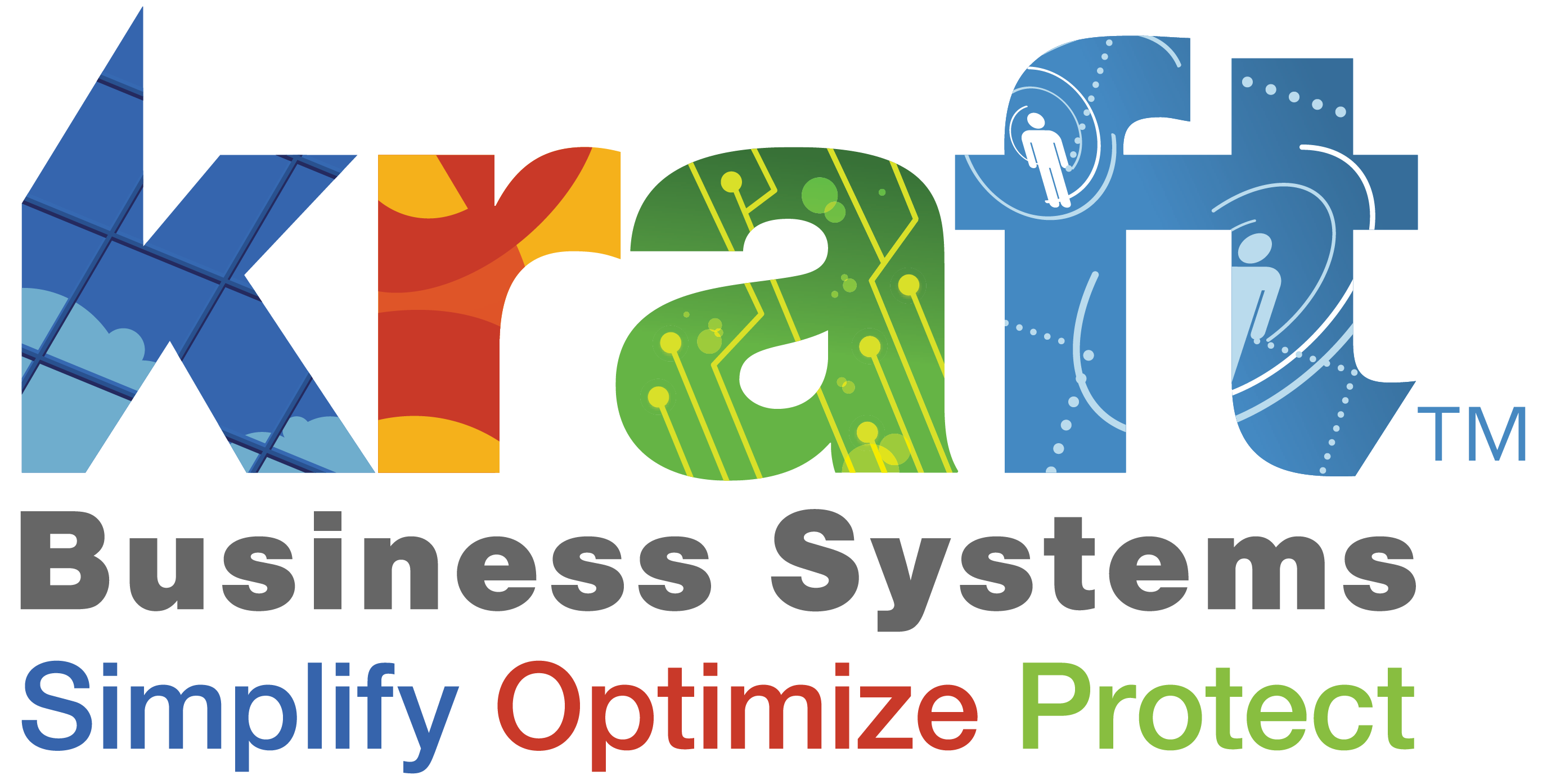Understanding Backup and Disaster Recovery
Data Backup
This involves regularly copying your data to a secure, off-site location to protect it from loss or corruption, ensuring that the latest information is always retrievable.
Disaster Recovery
These are the strategies and processes designed to restore data and resume business functions swiftly after a disaster, minimizing downtime and maintaining critical operations.
Various Backup Solutions

Local Backup
Data is stored on physical devices within your organization’s infrastructure for quick access and recovery
Cloud Backup
Data is securely stored in the cloud, providing scalability and remote accessibility.
Hybrid Backup
Combines both local and cloud storage solutions for enhanced flexibility and resilience.
Managed Backup Services
Our team handles the entire backup process, ensuring your data is consistently protected and easily recoverable.
Krafting a Disaster Recovery Plan

(DRaaS)Disaster Recovery as a Service (DRaaS)
Understanding DRaaS
A service model that uses cloud resources to protect your applications and data, enabling quick recovery from various disasters
Advantages of DRaaS
Offers a cost-effective, scalable, and reliable solution for disaster recovery without substantial capital investment.
DRaaS Functionality
Involves replicating and hosting servers through a third-party provider to ensure data recovery and business continuity.

IT SolutionsCloud-Based Backup and Disaster Recovery
Scalability
Easily adjust storage capacity as your data needs grow without large capital
expenditures
Cost-Effectiveness
Reduce expenses associated with maintaining on-site hardware and infrastructure
Accessibility
Access backups from anywhere with an internet connection, ensuring your data is always available
Enhanced Security
Benefit from advanced security features provided by cloud services, such as encryption and stringent access controls
Effective Recovery Strategies

Data Replication
Continuously copying data to a secondary location to ensure it is available if the primary site fails.
Backup Rotation
Using schemes like the Grandfather-Father-Son (GFS) method to maintain multiple copies of data at different intervals
Automated Backups
Scheduling regular, automatic backups to ensure data protection without manual intervention.
Disaster Recovery Sites
Establishing off-site locations that can take over operations if the primary site is compromised.

The Role of Data Centers in Disaster Recovery
Ensuring high availability and reliability through redundant power, cooling, and network systems
Protecting data from unauthorized access with advanced security measures like biometric controls and surveillance
Locating data centers in geographically diverse areas to reduce the risk of natural disasters.
Providing comprehensive backup and disaster recovery services to handle all aspects of data protection and recovery


Business Continuity Planning

Identifying Essential Functions

Developing Contingency Plans

Employee Training and Awareness

Regular Plan Testing
Compliance and Regulatory Considerations
Regulatory Requirements: Complying with regulations like GDPR, HIPAA, and PCI DSS that mandate specific data protection measures
Audit Trails: Maintaining detailed records to demonstrate compliance with regulatory standards
Data Retention Policies: Implementing policies that align with regulatory guidelines and business needs.
Ongoing Reviews: Regularly reviewing and updating compliance policies and procedures.

Understanding The Difference Between Disaster Recovery
and Backup
Backup
The process of creating data copies to protect against loss or corruption, typically stored in multiple locations for redundancy.
Disaster Recovery
The broader strategy of restoring data and business operations following a disaster, including system and application recovery.
Implementing a Backup and Disaster Recovery Plan

01Assess Business Needs
Identify critical functions and data that require protection.
02Choose the Right Solution
Select a solution that meets your needs, whether on-premises, cloud-based, or hybrid
03Develop a Detailed Plan
Document the disaster recovery plan, including RTOs and RPOs
04Test and Refine
Regularly test the plan to ensure effectiveness and make necessary adjustments
05Ongoing Monitoring
Continuously monitor the solution to ensure it remains effective and up-to-date.
Backup and Recovery FAQs

A comprehensive strategy outlining how a business will protect its data and ensure continuity during a disaster, including
backup procedures and recovery steps.
Backup involves copying data for protection, while disaster recovery encompasses the broader process of restoring operations, including data, systems, and business functions
It minimizes downtime and data loss, ensuring quick resumption of operations and data integrity protection against various threats.
It should include a backup plan, recovery strategies, RPO, RTO, roles and responsibilities, communication plans, and regular testing procedures.
Cloud backup stores data remotely with scalability and accessibility benefits, while on-premises backup involves local storage requiring more maintenance and security
Benefits include scalability, faster recovery times, lower costs, and enhanced data protection.
Solutions include full backups, incremental backups, differential backups, and cloud backups, each suited to different data protection needs.
DRaaS involves a third-party provider managing backups and recovery, ensuring quick data and system restoration during a disaster
Data centers house the infrastructure needed for data backup and recovery, ensuring secure storage and quick restoration.
By conducting a business impact analysis, identifying critical operations, establishing recovery strategies, defining RPO and RTO, and regularly testing and updating the plan.
Strategies include data replication, cloud backup and recovery, server clustering, virtual machine backups, and using disaster recovery sites.
It provides off-site storage, quick data restoration, and scalable resources, reducing downtime and data loss.
Testing identifies gaps, ensures strategy effectiveness, and trains the response team, improving preparedness for real events.
Elements include risk assessment, identifying critical operations, recovery strategies, communication plans, roles and responsibilities, and regular testing and updates.
Ransomware can encrypt critical data, making it inaccessible. A robust recovery plan with regular backups and detection measures ensures data restoration without paying ransom













